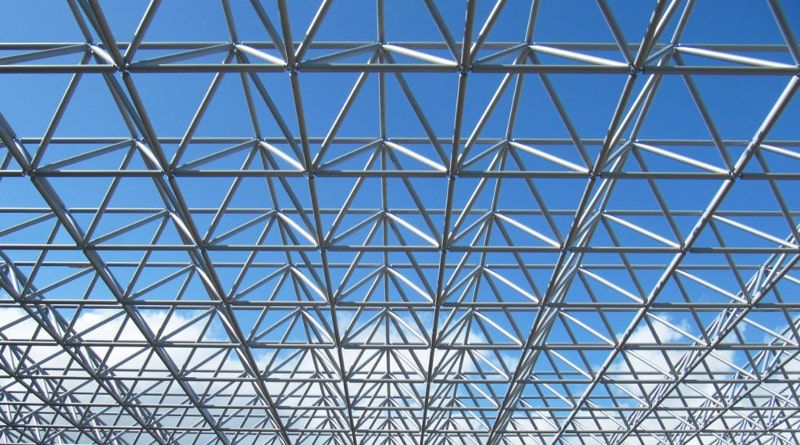Tridilosa: A Three-Dimensional System Designed by Heberto Castillo Martinez
Besides being recognized as a politician of the Mexican left and social fighter, Heberto Castillo Martinez created one of the greatest engineering contributions ever made in the country: the tridilosa.





